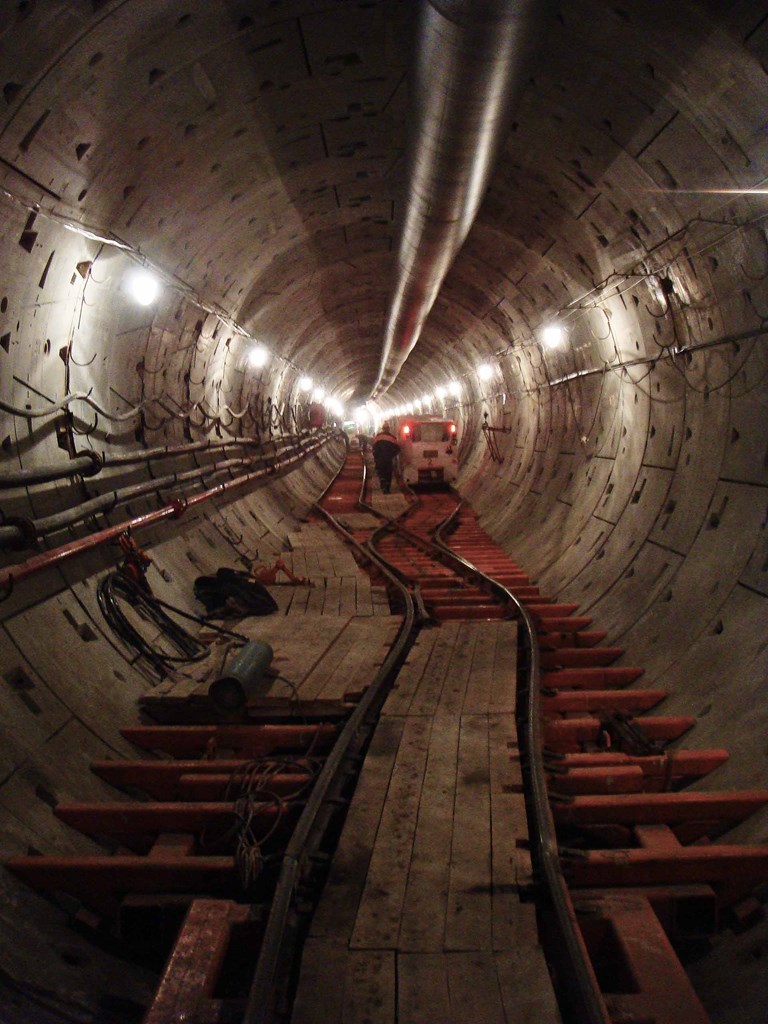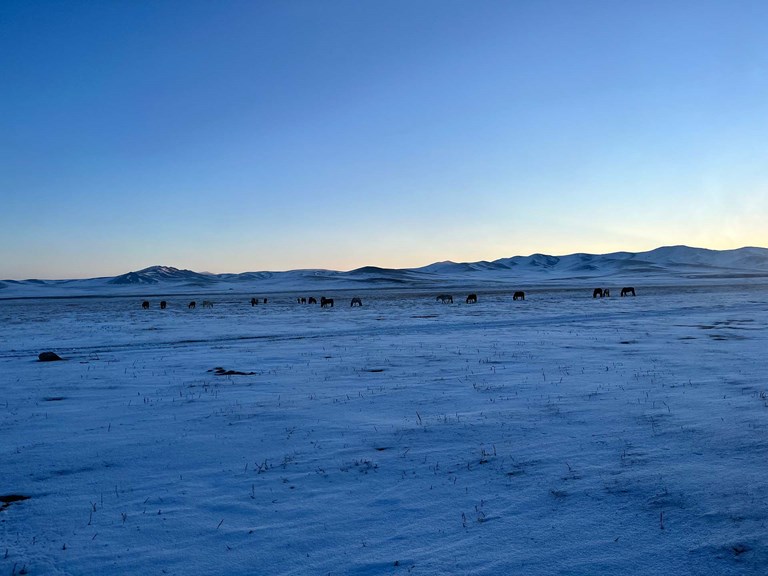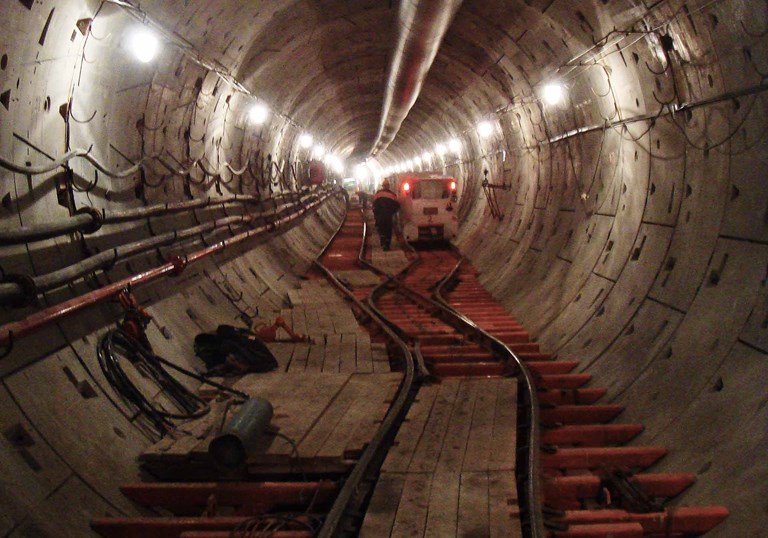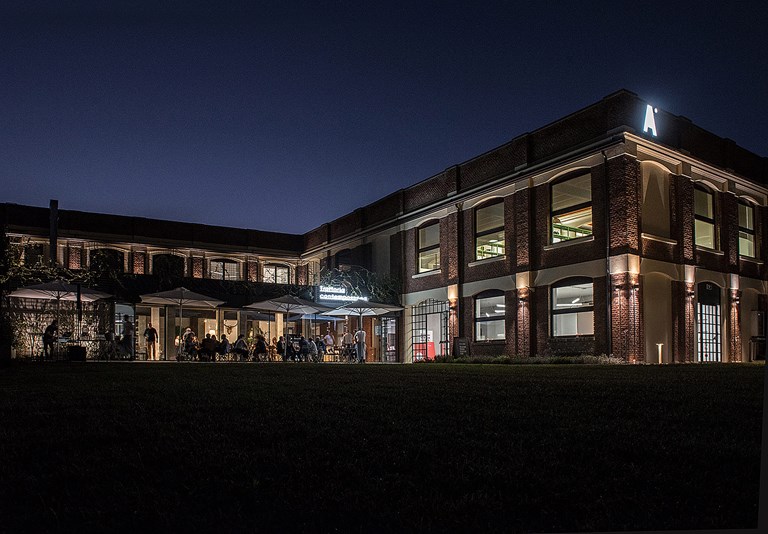
The world’s coldest tunnel
Digging tunnels around a city with an extreme climate is a challenge that requires extensive engineering knowledge to assess when and how you can drill. If that city is the coldest capital in the world, Ulaanbaatar, where there are no experiences of other tunnels, the challenge is doubled. To gather it for Pini Group, the Lugano company among the international leaders of engineering, is Stefania Stefanizzi.
The geotechnical engineer is the head of the Turin division of Pini and has begun the first trips to Mongolia to follow this fascinating mandate and tells us his first impressions.
What are you called to do in Mongolia?
“The government wants to build a railway line that bypasses the capital to speed up and improve the railway system in the country, reducing railway congestion in the city. It will be a line for both freight and passenger trains. Diesel locomotives are now used, but electrification is also planned in the future. To make this bypass, it is necessary to create two 4km and 9km tunnels that cross the surrounding mountains. They are not very high peaks, it is a kind of plateau, but the gradients for convoys, which are very heavy, must be minimal so it is necessary to build tunnels. We are in charge of the preliminary project and have enough free rein on technical solutions.”
To have free rein also because there are not many terms of comparison in the country...
“Yes, it is. This is the first railway tunnel that will be built in Mongolia, so it has a strong iconic value and for them it is very important. Of railway tunnels in similar climatic conditions there are only a few examples in Tibet, China and Siberia.”
And what are the climatic conditions?
“We are talking about the coldest capital in the world. In winter the average temperature is minus 20 degrees, so you can work and do surveys only in late spring/summer. This means either prolonging the work for several seasons, or working quickly in the summer to be able to get immediately into the tunnel, then once underground you can work even in winter.”
What are the technical difficulties in such extreme conditions?
“It is necessary to deal with the permafrost, that is, with perennially icy soils, which, however, due to climate change can ‘thaw’ and give way and therefore it is necessary to take into account the decay of the mechanical characteristics, both for the surface part and for the tunnel entrance.”
Not having experience of railway tunnels, who deals with this type of design in Mongolia?
“They have engineers who come from mining experience, have done studies in Germany and speak English, Russian and Chinese. They are, however, very well prepared.”
You recently joined Pini with the acquisition of Geodata. What happened?
“Geodata was a historic engineering firm from Turin, which had acquired important international mandates from a family business. In 2017 it was taken over by a Chinese company, but by 2022 the instruction from Beijing had arrived to close. The company was going bankrupt, then Pini decided to acquire it, given the many references and the great history and experience in the tunnel field. I had already been contacted previously by Pini to lead the Turin division that Pini had decided to open and I had left Geodata. Then, after 15 days from the beginning of my adventure in Pini, there was the acquisition of Geodata and, ironically, I returned to my previous office with some of my old colleagues.”
Is that your first experience in Asia?
“No, I love Eastern countries in general, despite having worked in Latin America and other countries. For example, the most formative and even humanly significant experience for me was the Winter Olympics in Sochi in 2014. Sochi is on the Black Sea, in the Caucasus, on the borders between Europe and Asia. I had to follow the planning, together with the lead company in Saint Petersburg, of 12 tunnels for a railway and road connection with the ski resorts. From 2008 to 2010 I basically lived 3 weeks in Russia and then returned to Italy. It was very interesting because we took care of the design part of fairly challenging tunnels. There were three TBM (tunnel boring machine, ndr), the mining moles, which operated in parallel and operated within a natural park. In addition, the limitations of local construction technologies have conditioned technical choices, while the Russian regulations are very stringent, it is designed in a solid way and it is necessary to explain well to the Russian federal expertise the reason for your choices.”
Was there any difficult time? Cultural differences?
“As soon as I arrived, when I showed up in front of the foreman and he saw a 30-year-old woman in front of him, he said, ‘But who sent you?’ Then at the end of the project he apologized and thanked me. Let’s just say that in some circles the distrust of being young and a woman is still very deep-rooted and trust must be won day by day.”
Back to Mongolia, what was the first impact?
“When you arrive by plane it looks like an uninhabited land. Instead they welcomed us very well, and they immediately gave us jackets heavier than ours, since we went at dawn to make a survey at -20 degrees Celsius. It was a really warm welcome. Of course, it is necessary to get used to going from very hot, almost suffocating indoor spaces, to very sub-zero external temperatures, with a cold that is not comparable to the Alpine one.”
A curiosity?
“When we arrived at the construction site where the investigations for the project are being carried out, we found a Ger – a typical Mongolian tent-dwelling. No prefabricated buildings will be constructed. Even the construction site will be made in the style of these traditional buildings made of natural materials and that have always protected the local population from the harsh climate.”
THE COLDEST CAPITAL
Ulaanbaatar is the capital of Mongolia, has about 1.4 million inhabitants (more than three times the population of Zurich) and holds the record as the coldest capital city in the world, with an average annual temperature below freezing (in 2021 it was -0.4°C, but in previous years even -3°C). The coldest temperature ever recorded was -49°C and the general cold climate is caused partly by the altitude (1,350 metres above sea level), partly by the distance from the sea and partly by the climatic characteristics of the continent with its subarctic climate influenced by the monsoons. In the winter months, the average temperature is around -20°C. In summer it usually does not exceed 20 degrees.
THE PROJECT
In 2021, the Mongolian Council of Ministers granted permission for the construction of the main ‘Bogdkhan’ railway infrastructure to the company ‘Tavan-Tolgoi Tomor Zam’ LLC. The railway route, on which 60 per cent of railway traffic will be carried out, will connect the Mandal and Ma’ant railway stations on the Ulaanbaatar railway, avoiding the Bogdhan Mountains from the eastern side. According to experts, the new rail route bypassing the Emealt and Hoolt mountain passes on the outskirts of Ulaanbaatar will increase the speed of trains. In addition, rail freight traffic will increase by 5-6 million tonnes per year.
THE SACRED MOUNT
Bogd Han (or Bogd Khan) is the mountain that overlooks Mongolia’s capital and reaches a height of 2,261 metres. It is one of the Asian country’s sacred mountains and is on the provisional UNESCO World Heritage List. The entire area of the mountain is included in the Bogd Han National Park. On the southern slope is the Buddhist monastery of Manzušri Hiid, founded in 1773 and recently restored after being destroyed in 1937.
THE ICONIC TENTS
The Ger, in Mongolian, better known as the Jurta, is the typical mobile dwelling used by many of the commandant peoples of Central Asia. It is estimated that more than half of Mongols still live in their traditional dwellings. They consist of a wooden skeleton and a covering of sheep’s wool felt rugs. The advantage of this type of dwelling is that it can be dismantled, moved and assembled in a relatively short time.

Stefani Stefanizzi
Year of birth:1978
Profession: Geotechnical Engineer
After graduating in Geotechnical Engineering from the Polytechnic of Turin in 2003, Stefanizzi worked for Geodata until July 2022, specializing in the design of tunnels and following mandates in several countries outside Europe, from Russia to Latin America. Since October 2022 he is head of the Turin division of Pini Group.
Playlist




